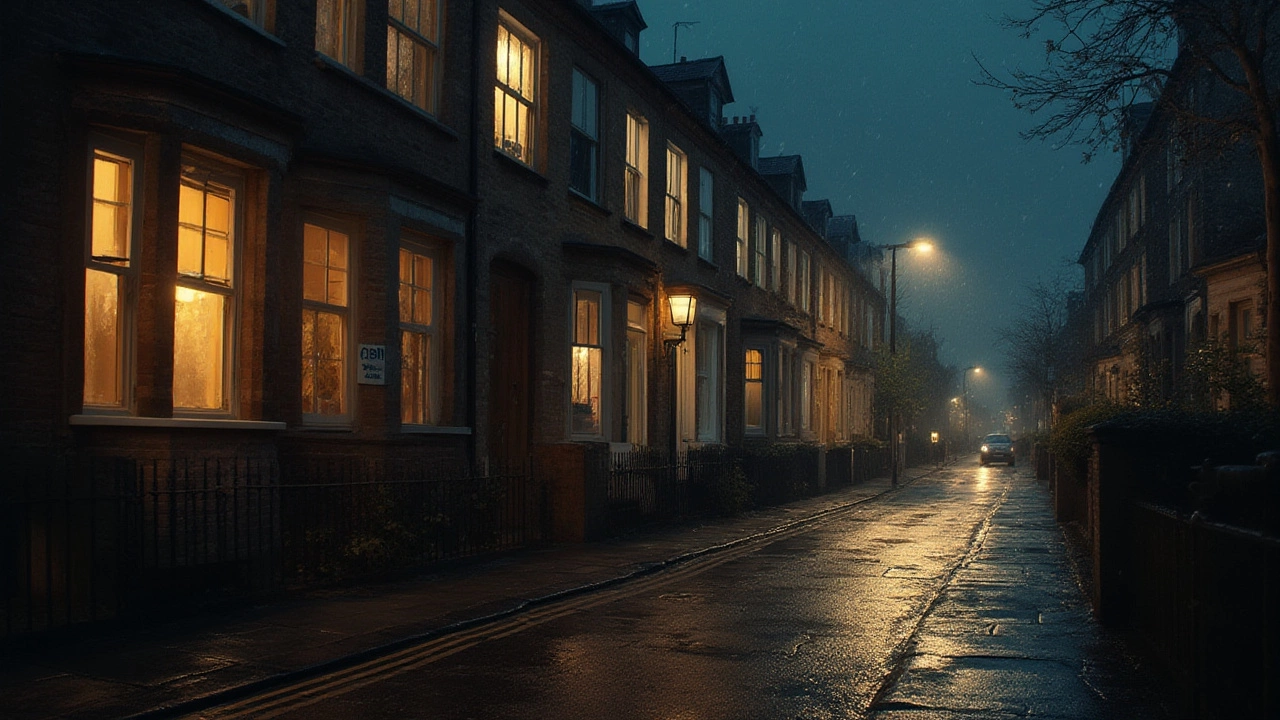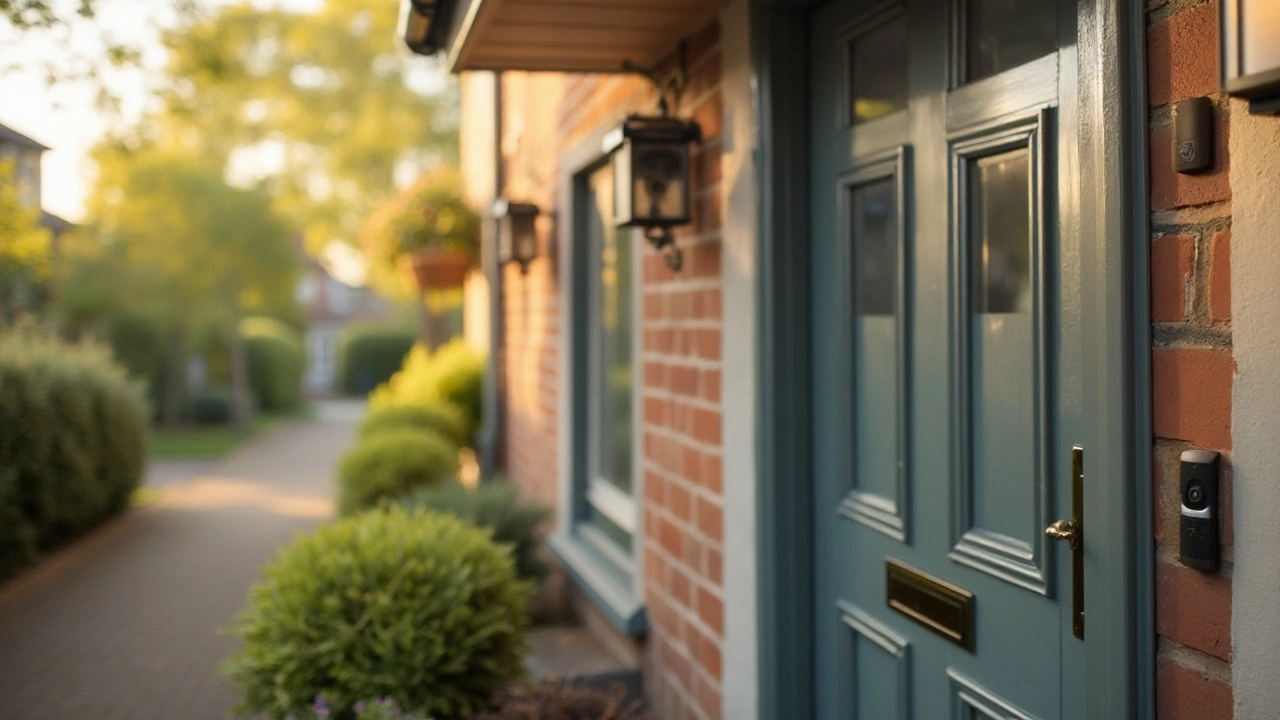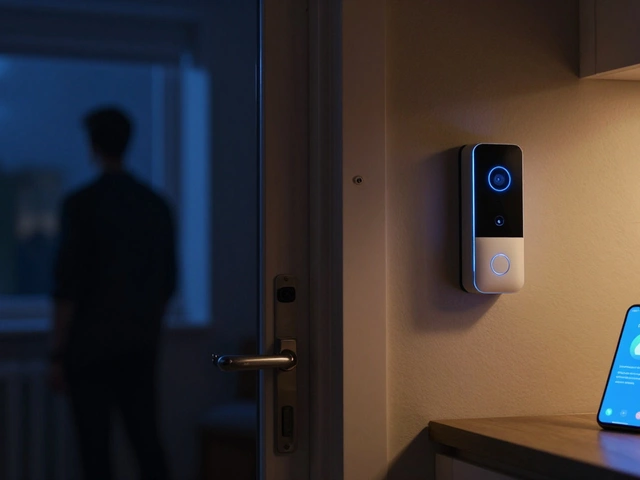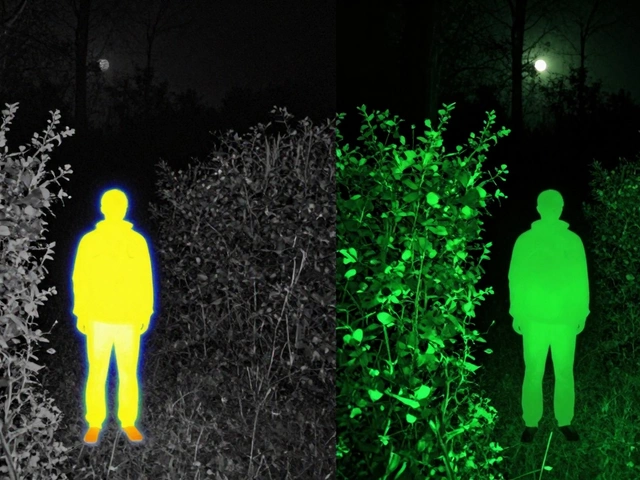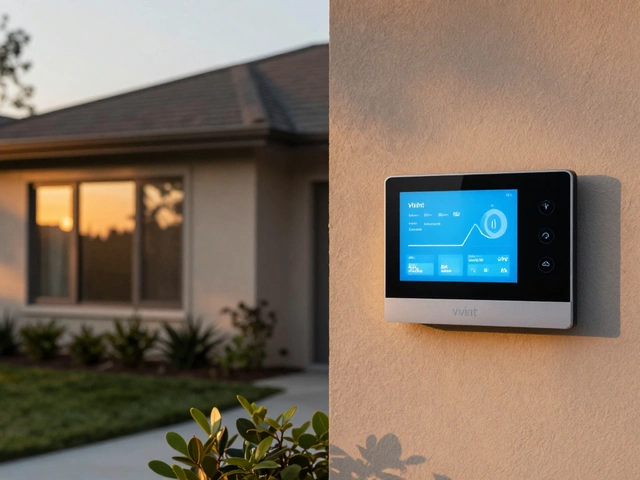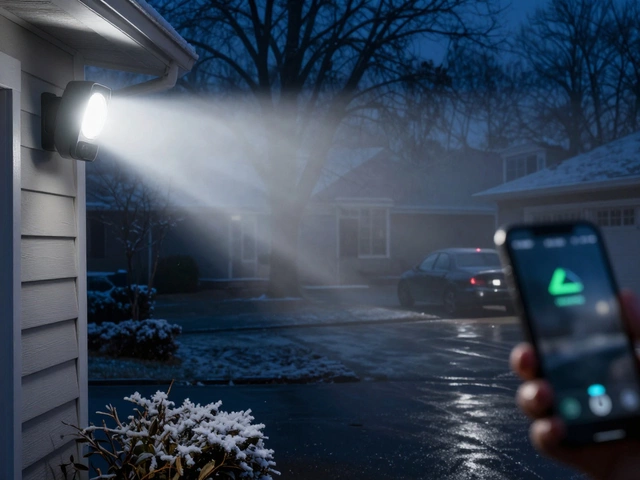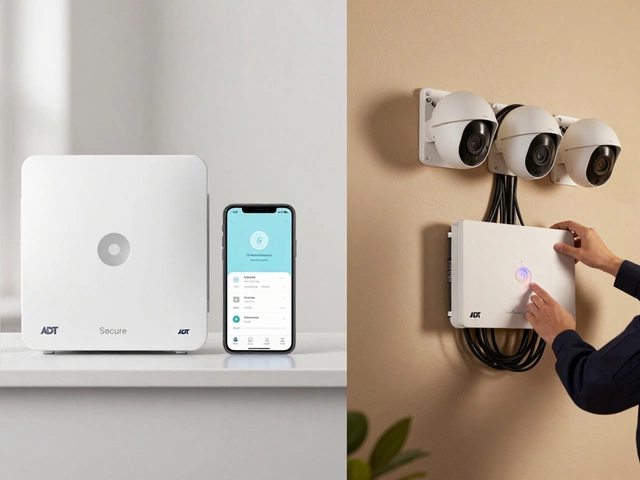Burglary Prevention: Easy Steps to Protect Your Home
Feeling uneasy about break‑ins? You’re not alone. A few everyday habits and the right gear can make your house a lot harder to hit. Below are the most useful moves you can start today, no fancy jargon needed.
Secure Doors and Windows
First line of defence is a solid barrier. Make sure every external door has a deadbolt that reaches the frame. If you have a cheap latch, swap it for a multi‑point lock – it costs a bit but forces a thief to spend more time, and they usually don’t have that.
Window security is often ignored. Install simple window locks or security pins on sliding doors. Reinforced glass or a clear security film adds another layer; a burglar will think twice when the glass won’t shatter easily.
Don’t forget the garage. It’s a direct shortcut into the house. Use a robust garage door opener that needs a code, and keep the door to the house locked just like any other entry point.
Smart Tech That Stops Burglars
Modern alarms don’t need a phone line—wireless systems talk straight to a monitoring centre or your phone. A reliable burglar alarm will flash, sound, and alert you instantly, even if the power goes out.
Video doorbells like Ring or other brands are more than a peephole. They let you see who’s at the door, record motion, and send alerts. Research shows that visible doorbells can deter a thief, but only if you keep the camera active and the video feed monitored.
Motion sensors are another cheap win. A PIR (passive infrared) sensor spots body heat, while a microwave sensor watches movement through the air. Dual‑tech sensors combine both, reducing false alarms and catching sneaky crawlers.
When you add exterior lighting that turns on with motion, you create a bright surprise that forces a burglar to pause or leave. Place lights near entry points, driveways, and dark corners.
Lastly, don’t overlook a simple neighborhood watch app. Sharing suspicious activity quickly can stop a break‑in before it happens. Neighbours watching each other’s homes is still a powerful tool in 2025.
Put these steps together: solid locks, smart alarms, active doorbells, motion sensors, and good lighting. The more obstacles you create, the less appealing your home becomes to a thief. Start with the cheapest fixes—tighten door locks and add motion‑triggered lights—then layer on the tech you can afford. You’ll sleep better knowing you’ve made burglary a lot harder.


